’54’ 20 years on: The fall and rise of a lost LGBT classic
Director Mark Christopher recalls how his film starring Ryan Phillippe was butchered by studio bosses.
By Will Stroude
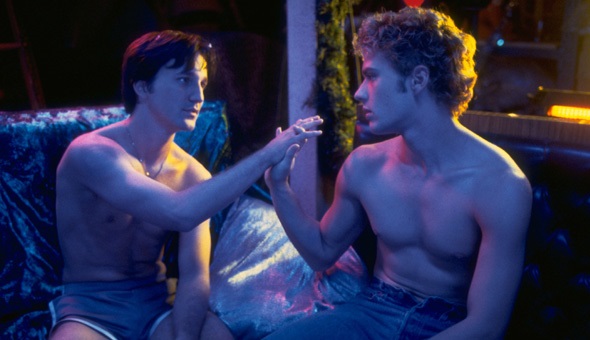
This article was first published in Attitude issue 255, April 2015.
Words: Christian Guiltenane
In the summer of 1998, a low budget movie telling the fictionalised story of legendary New York nightclub Studio 54 was released with fairly loud fanfare.
With a tantalising mix of sex and drugs, backed by a thumping 70s disco soundtrack and starring a cast of up-and-coming young actors such as Ryan Phillippe, Neve Campbell and Salma Hayek, hopes for a smash hit were high and looked inevitable.
But no sooner had the film landed in cinemas, and the knives were out. Reviews were scathing and as a result the box office returns were disappointing. The film was deemed a flop and disappeared from screens swiftly.
But what the critics and the audiences didn’t know was the film they had seen wasn’t the one that writer/director Mark Christopher and his gorgeous cast had intended. His original story was a lot darker, with scenes and storylines that were way more edgy and less soap opera.
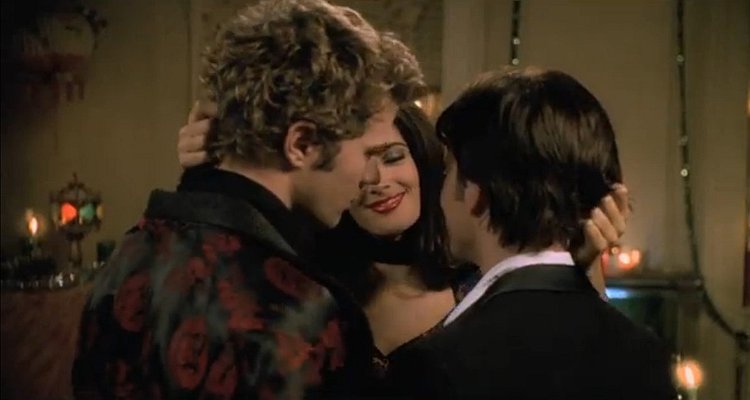
In his version, main character Shane O’Shea (Phillippe) gets swept up in the sexually liberated world of Studio 54 and embarks on a series of sexual adventures with women AND men, including one scene kissing his best friend Greg (Breckin Meyer).
However, following negative test screenings, studio execs panicked, ordered 40 minutes of cuts (Shane’s bisexual shenanigans were among those axed) and insisted on 20 minutes of new footage being inserted into the film which saw Shane fall for Neve’s character Julie Black.
This reworked version was critically savaged and subsequently played out to half empty movie houses around the world. But while 54 is rarely mentioned these days, the story isn’t over just yet.
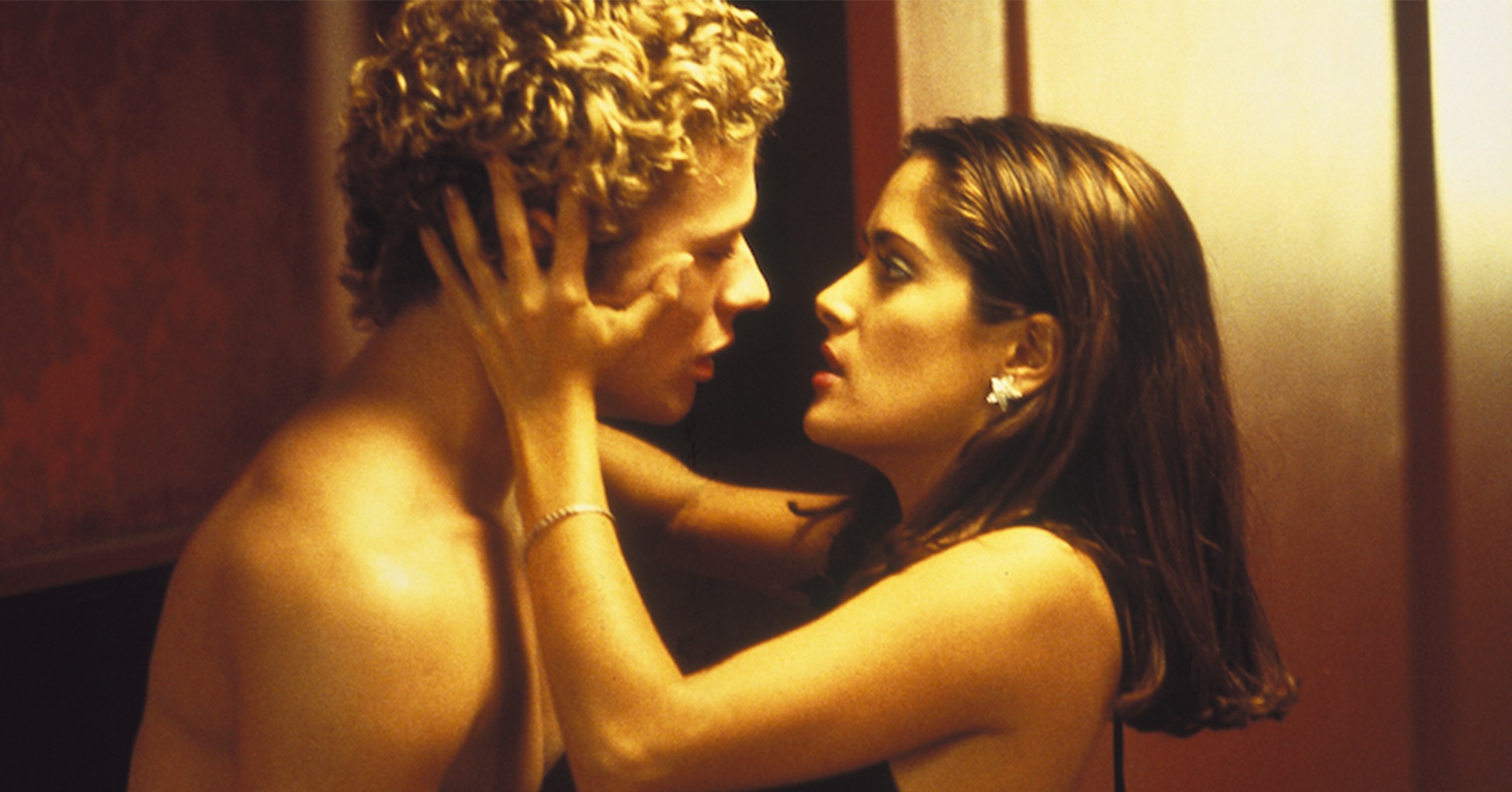
Mark Christopher, who for years nursed a broken heart over the cruel treatment his masterpiece suffered, painstakingly worked on restoring the original film for a 2015 re-release, ditching the studio rewrites and replacing them with his missing 40 minutes. The result shows a much darker, more satisfying movie that has to be seen to believed.
Here, Mark takes us through the journey that saw his baby brutalised by the studio rise once again like a phoenix…
So Mark, what was the initial story you wanted to tell in 54?
It was about this wonderful, exciting nightclub, told through the eyes of the bartender, a coat check girl and a bus boy who worked there. Before I started writing I did a lot of research and interviewed a lot of people who were part of [the club’s notorious owner] Steve Rubell’s circus, so I had a feel for what the place was like and got the sense that anything could happen.
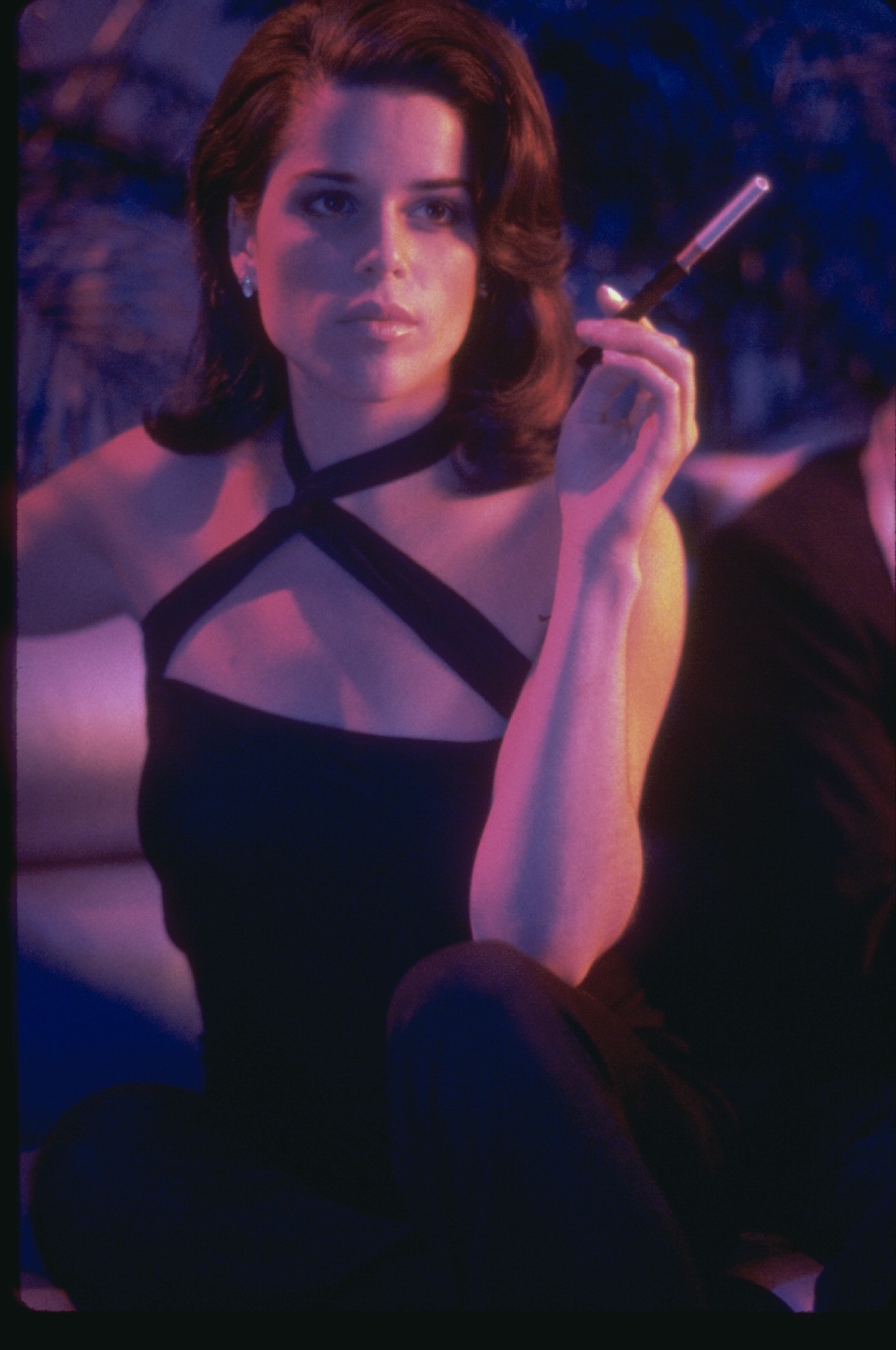
How did the studio feel about the first cut?
When they saw the dailies they got very excited. At the same time, my cast were suddenly getting famous – Neve was in Scream 2, Ryan was in I Know What You Did Last Summer and Mike had been a box office smash with Austin Powers. But then they decided to test screen it in the suburbs. Now, we had made a dark, complex movie about a fucked up time and we knew that in 1997 viewers in Long Island just wouldn’t get it. Of course, some did, but the homophobes at the test screenings gave horrible comments and the studio didn’t like that. So gone was the kiss between Shane and Greg, and any sense of Shane’s opportunistic bisexuality.
It’s still not exactly a gay movie, is it?
The movie was never a big gay movie. The lead character is basically straight but opportunistically bisexual. And that, in a way, was harder for people to handle back then, it was too complex at the time. Of course, these days, you turn on HBO and there are many bisexual characters who do drugs and all sorts. Back then it was very edgy, too edgy for an 1800 screen release.
So what can viewers expect now?
There is way more sex and drugs in this version, but the characters are more developed now. There is a sweetness and innocence there that will surprise some people. The story is a simple three-way love story between Shane, Greg and his wife Anita, which, when cut, became a clichéd love story between Ryan’s character and Neve’s. This is more than just a director’s cut – this tells a totally different story.
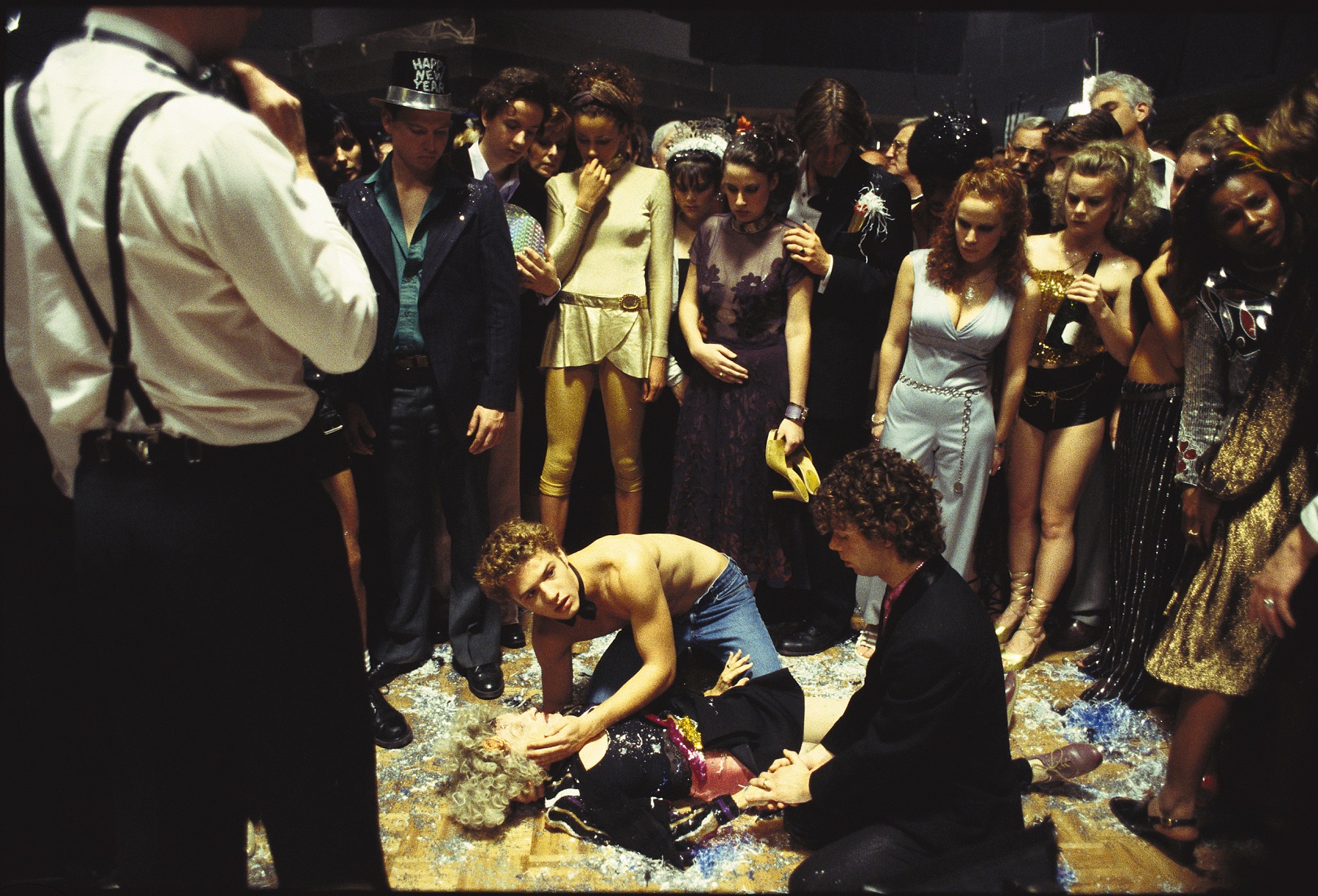
How was Ryan with the sex and drugs and bisexuality?
It actually took a year to cast Shane. When Ryan first auditioned, I thought he was great, but too young. Then he came back six months later and had grown into this young man and I said, “Good, we got Shane.” Ryan was a total sweetheart, a very strong actor who embraced the script. He totally got it and threw himself into the role.
Mike Myers was great, but a risky choice as he was best known for comedy.
He was amazing. The studio really wanted him but were nervous because he came with this comedy baggage. I knew he was going to be great as comedy and tragedy come from the same place. He was actually nominated for best supporting role by the New York Film Critics Circle after they had seen my cut of the movie. But then when the film came out, they pulled the nomination. Luckily it hadn’t been officially announced so it was crushing for me but Mike didn’t know about that.
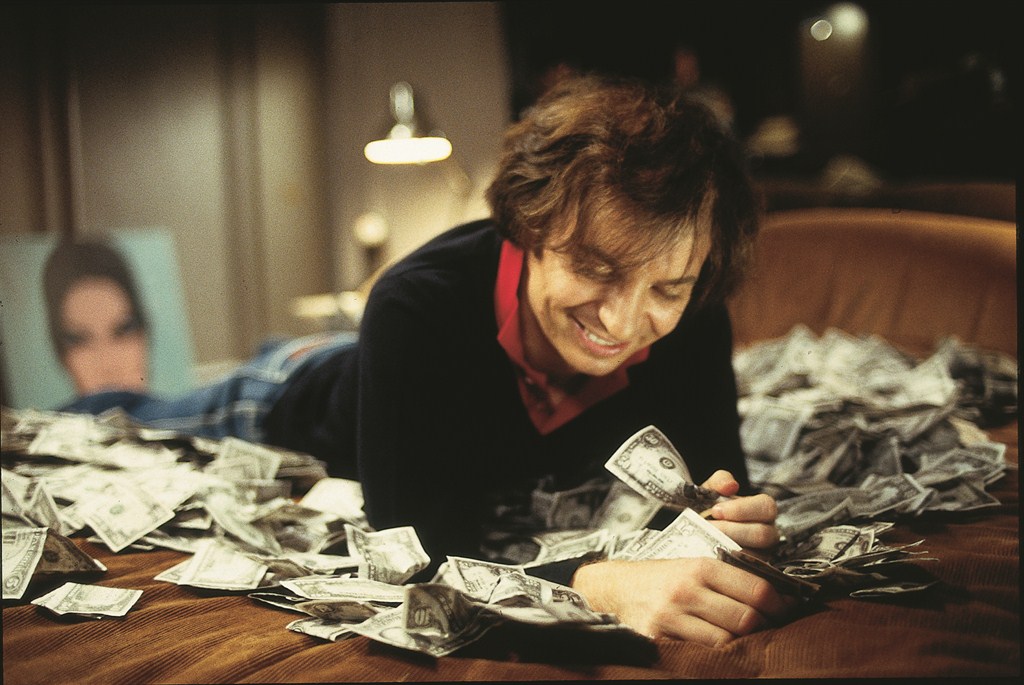
How did the savage reviews affect you?
Not well. But then I thought the fllm got the reviews it deserved. You have to remember I didn’t write the new scenes. The cast and I were like, “what is this?” Me and the cast were aghast!
Did the bad reviews affect your career?
I was blamed for how bad the movie was. Did I fight back? No. I couldn’t. It didn’t help to complain at the time. I’m thrilled that 17 years later it’s getting a rebirth. The other thing that is great is that I had the chance to rewrite Ryan’s opening speech and Ryan came back to re-record it, which I think makes the film altogether more special.
